
DIY Dog Grooming: How to Set Up Your Own Grooming Table at Home
Grooming your dog is an essential aspect of pet ownership, contributing significantly to their overall health and well-being. While professional grooming services are available, many
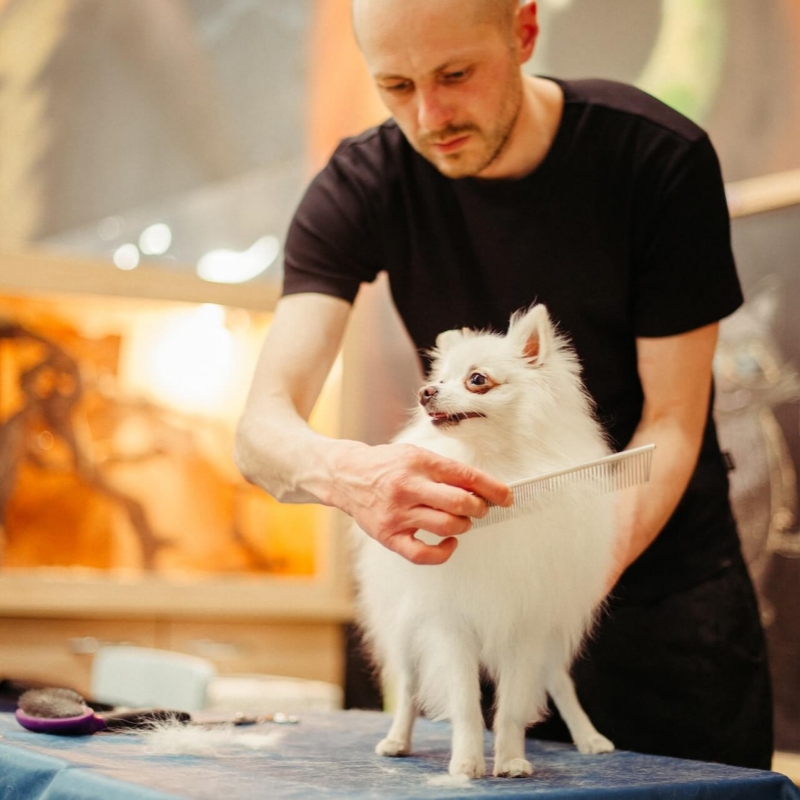
A dog grooming table is a significant investment for professional pet groomers or home groomers. Proper maintenance and cleaning are essential to keep your table in good working order and get the most out of your investment. Here are 5 tips for keeping your grooming table in top shape.
The constant motion of dogs jumping on and off the table can loosen screws, bolts, latches and other hardware over time. Loose hardware compromises the structural integrity and stability of the table, which can be dangerous for pets during grooming.
Get in the habit of periodically inspecting and tightening any loose screws, nuts, bolts or latches. Pay particular attention to:
Wiggle each leg to check for looseness and tighten all screws and bolts, securing the legs tightly. Loose legs are a major hazard that can cause the table to tip or collapse.
Use a wrench or pliers to ensure tightness and prevent legs from detaching. Check leg extensions on height-adjustable tables thoroughly as well. Loose, wobbly legs impact safety and stability during use.
Inspect door hinges on folding tables and tighten any loose screws. Hinges should move smoothly when opening and closing without wobbling.
A few drops of lubricant can help but do not over-lubricate hinges or it will attract dust and dirt. Tighten screws evenly and firmly on both sides of the hinge for proper alignment and smooth motion.
If your table has arm clamps or other attachments for securing grooming tools and accessories, check these are firmly tightened in place. Loose clamps allow accessories to shift or fall unexpectedly while grooming.
Use the appropriate screwdriver and tighten all clamp screws snugly. Avoid over-tightening as this can strip screws or damage attachments. Check clamp tightness weekly as vibration can gradually loosen them over time.
Any rings, bolts or latches used to attach nooses and leashes must be firmly affixed to avoid dangerous malfunctions when securing pets. A loose restraint anchor could detach, allowing an unrestrained pet to bolt, jump or fall.
Do a visual and physical check of all anchor points. If any looseness is detected, tighten it with the appropriate tool. Lubricate any stiff latches or levers to keep the system working smoothly and prevent breakage.
If your table has shelving for storing tools, tighten all hardware securing the shelf unit. Make sure shelves are level and sturdy enough to safely hold items. A collapsed shelving unit spilled grooming supplies or knocked tools could injure a pet on the table.
Get into the routine of inspecting all parts of your table every few months. Tighten any loose hardware immediately to keep everything firmly stabilized. Well-tightened hardware ensures years of safe functionality.
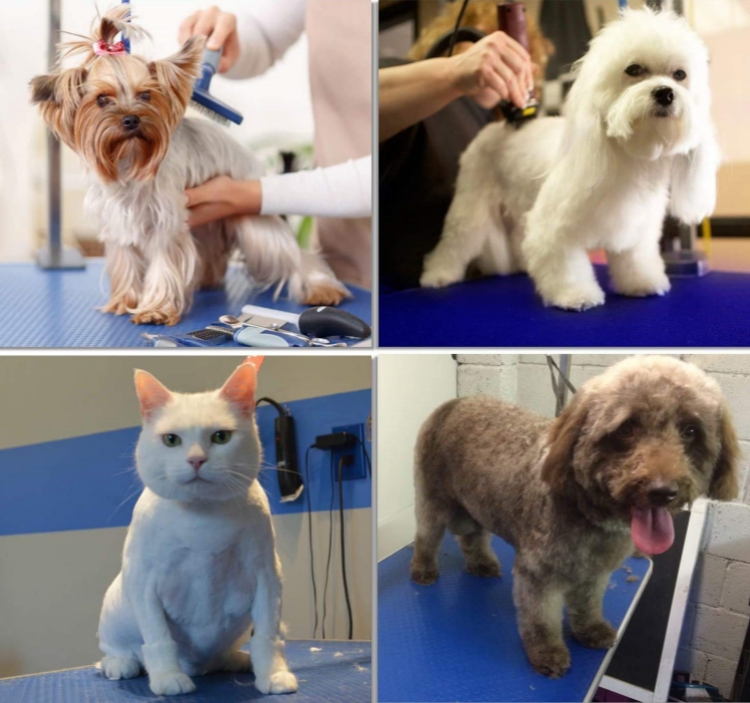
Several components of grooming tables require regular lubrication to keep moving smoothly. This includes:
The hydraulic mechanism that raises and lowers height adjustable tables needs periodic oiling. Consult your owner’s manual for the recommended lubrication schedule.
Hydraulic fluid attracts dirt and debris which can grind down internal parts, so regular cleaning is also advised. Without lubrication, pumps can overheat, jam or fail altogether. A high-quality hydraulic fluid specified for grooming tables is best.
Apply light oil or silicone spray to the hinges of folding tables to prevent rusting and keep hinges moving freely. Test hinge motion regularly by opening and closing the table.
Listen for squeaking or grinding noises which indicate dirt buildup. Use cotton swabs to gently clean hinges before lubricating. Avoid over-oiling hinges as this attracts more contaminants.
A silicone spray or powdered graphite keeps wheels and casters rolling smoothly. Wheels that don’t turn easily make the table much harder to move.
Clean the wheels first to remove any debris, hair or dirt stuck in the mechanisms. Apply lubricant to the axle and wheel interior where it meets the housing. Avoid getting lubricant on the tread, which can make wheels slippery.
Nooses, latches and levers should open and close smoothly. Apply lubricant to prevent sticking. Stiff pieces are hard to work on and can break under pressure.
Use light oil or silicone lubricant recommended for restraint systems. Focus application on pivot points of latches and anywhere metal hits metal. Avoid over-lubricating to prevent a buildup of dirt over time.
Regular lubrication extends the lifespan of moving parts and prevents annoying squeaks or sticking. It also ensures height adjustment and other mechanisms function properly for years.
Keep the Table Surface Clean
Grooming tables get covered in a combination of hair, shampoo residue, dirt and other gunk. Leaving the surface messy or sticky is unappealing. More importantly, it’s unhygienic when grooming multiple dogs.
Get into a regular habit of cleaning the table surface:
Keeping the working surface clean makes grooming more pleasant and prevents contamination between dogs. It also keeps the table looking professional and well cared for.
You’re more likely to properly care for your grooming table if you schedule periodic maintenance. Follow this schedule for optimal upkeep:
Daily
Weekly
Monthly
Every 6 months
Putting maintenance steps on your calendar keeps them from being forgotten and helps maximize your table’s working lifespan. Adjust the schedule based on the frequency of use. Consistent care makes your investment last.
Using pads and covers helps protect the table’s finish from scratches, stains and water damage.
Proper pads and covers help prevent many kinds of damage, so your tabletop stays looking great. They also make cleaning easier by creating a barrier between the dog and the table surface.
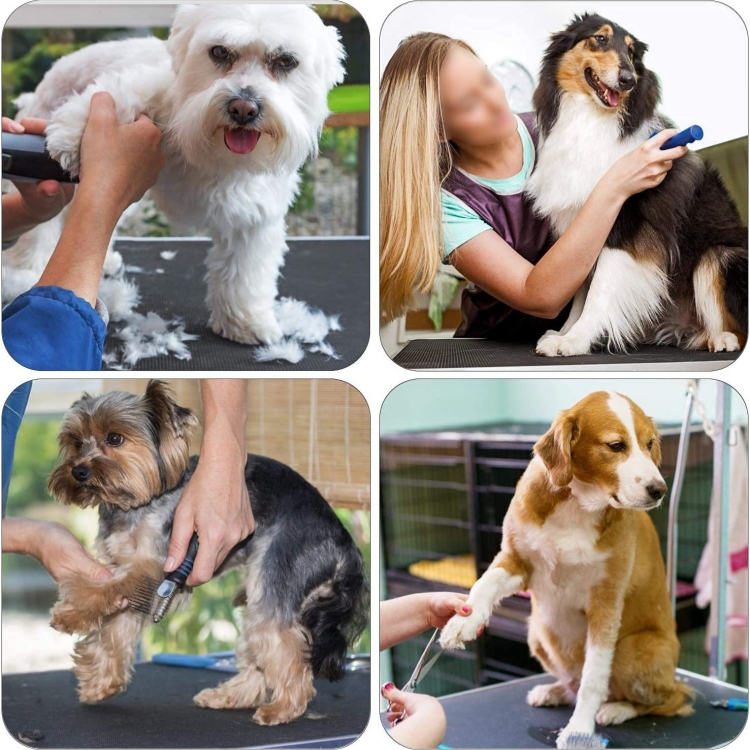
If your grooming table is portable rather than a permanent station, take steps to prevent damage when transporting or storing the table:
Portable tables need extra precautions when transporting and positioning to avoid dents, gouges and other cosmetic damage. Handle with care.
Wood table tops like oak or maple require some special care:
With proper care, a wooden table top provides a beautiful and functional work surface that lasts for years.
With regular cleaning and maintenance, a quality grooming table should provide a decade or more of life. But there are some signs it may be time to replace your table:
While it’s difficult to part with a beloved table, if repair costs exceed replacement costs, it makes sense to upgrade.
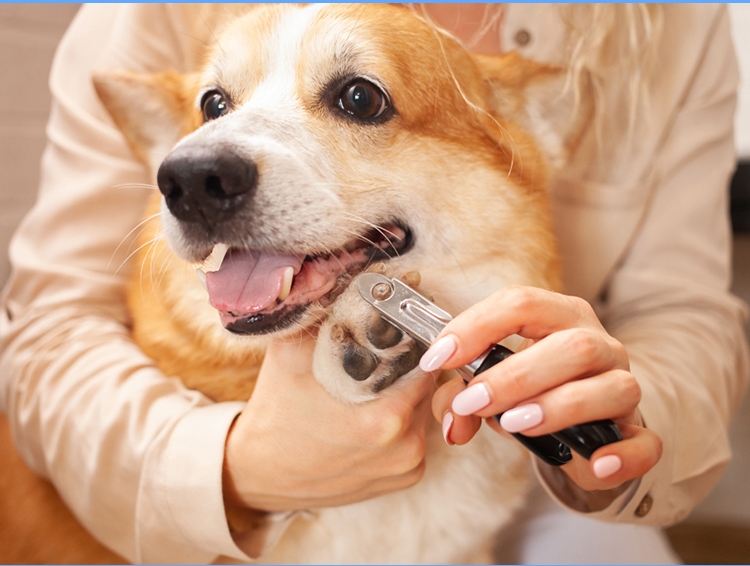
With regular cleaning and maintenance, a high-quality grooming table can deliver years of reliable performance. Follow these tips to keep your table in excellent condition:
A few minutes of care on a regular basis keeps your table secure, sanitary and functioning properly during the rigors of daily use.
By taking good care of your grooming equipment, it will in turn take good care of your grooming business and clients. Investing in high-quality equipment and keeping it well-maintained is a mark of a professional groomer.

Grooming your dog is an essential aspect of pet ownership, contributing significantly to their overall health and well-being. While professional grooming services are available, many
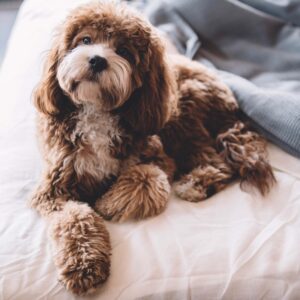
When it comes to grooming our furry friends, safety should always be a top priority. A dog grooming table is an essential tool for pet

For professional and amateur groomers alike, a specially designed dog grooming table is an essential piece of equipment. But with prices ranging from $100 up
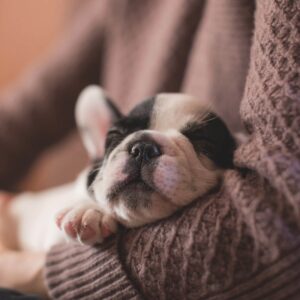
For professional and home groomers, an important decision is whether to choose an adjustable or fixed-height table. Both options have pros and cons to consider
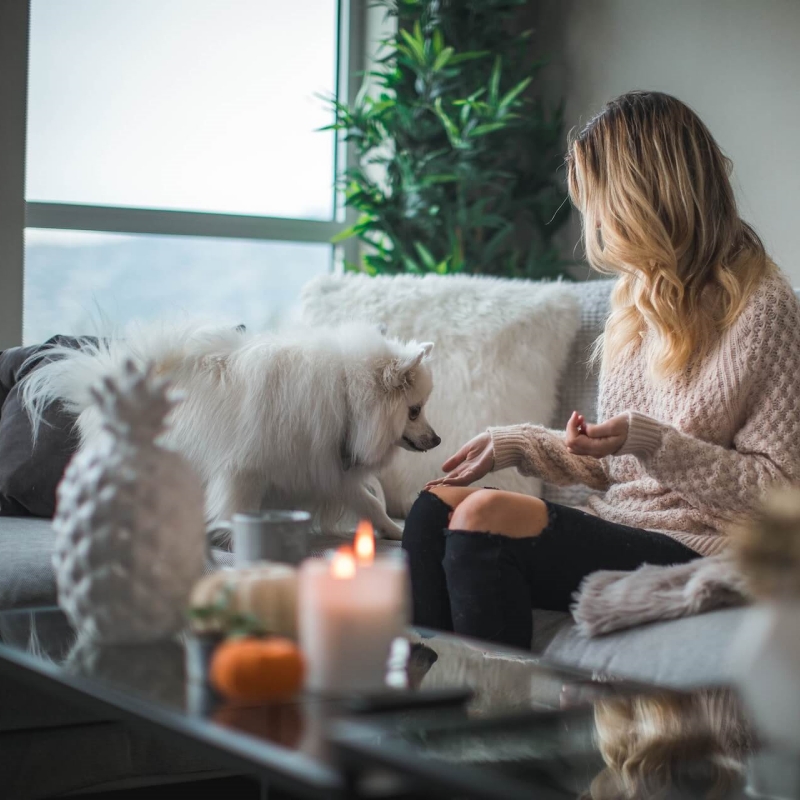
Grooming your dog is an essential aspect of pet ownership, contributing significantly to their overall health and well-being. While professional grooming services are available, many
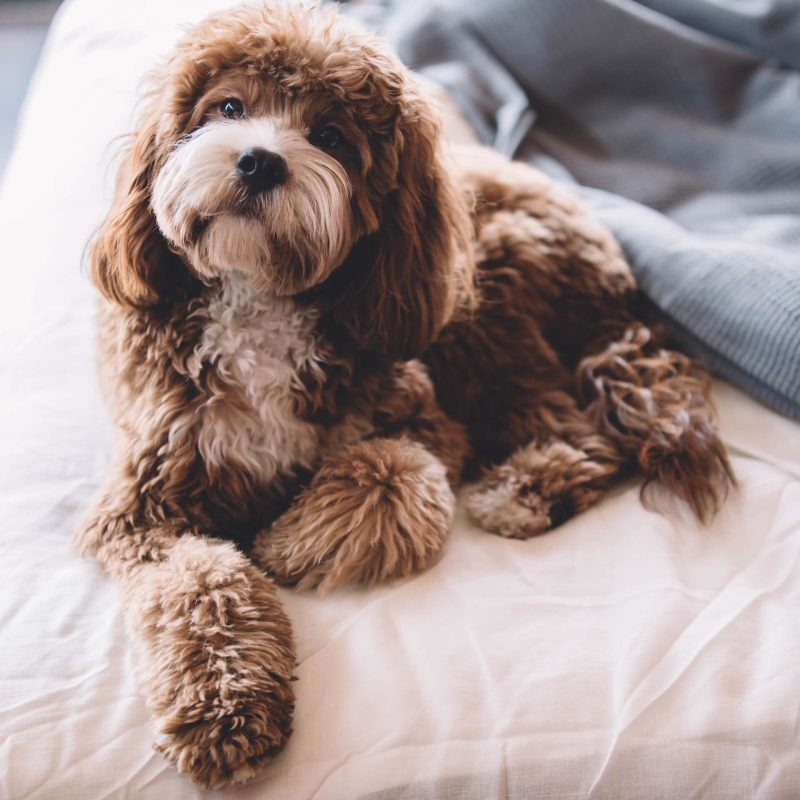
When it comes to grooming our furry friends, safety should always be a top priority. A dog grooming table is an essential tool for pet
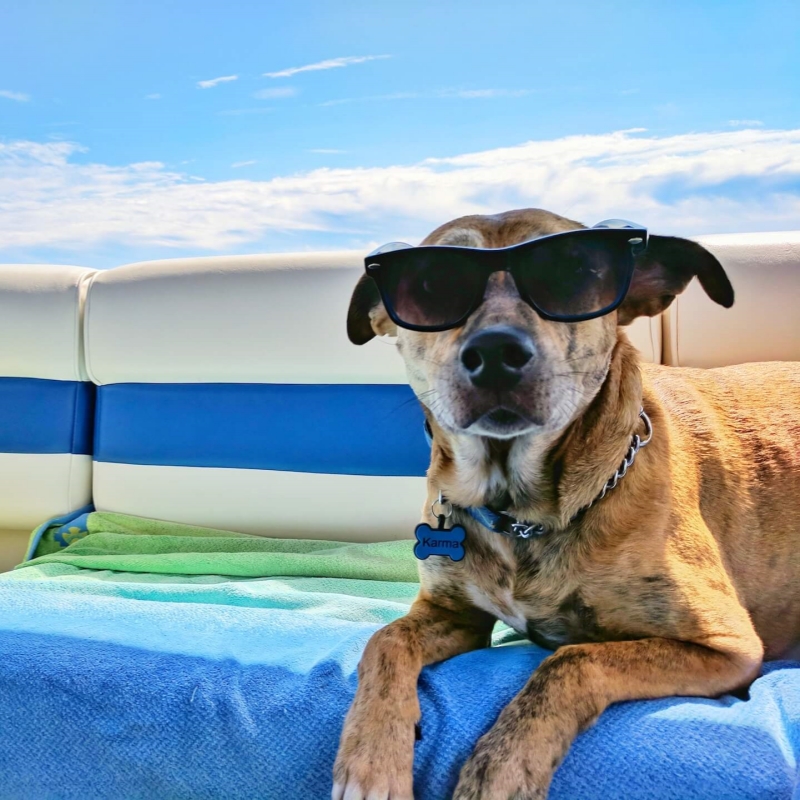
For professional and amateur groomers alike, a specially designed dog grooming table is an essential piece of equipment. But with prices ranging from $100 up
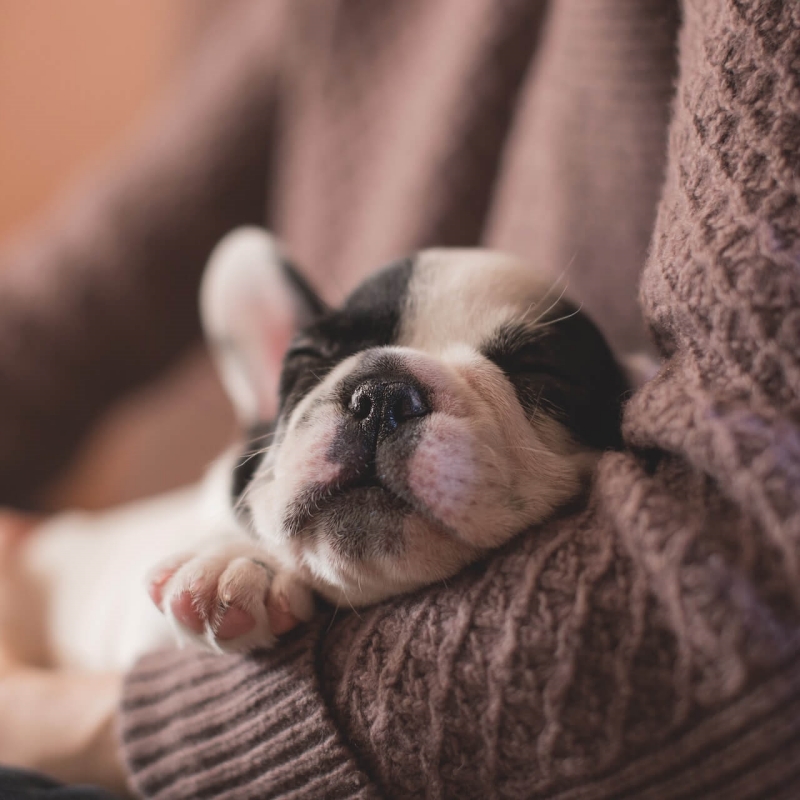
For professional and home groomers, an important decision is whether to choose an adjustable or fixed-height table. Both options have pros and cons to consider
Copyright © 2024 poochgroomingtable. All Rights Reserved.